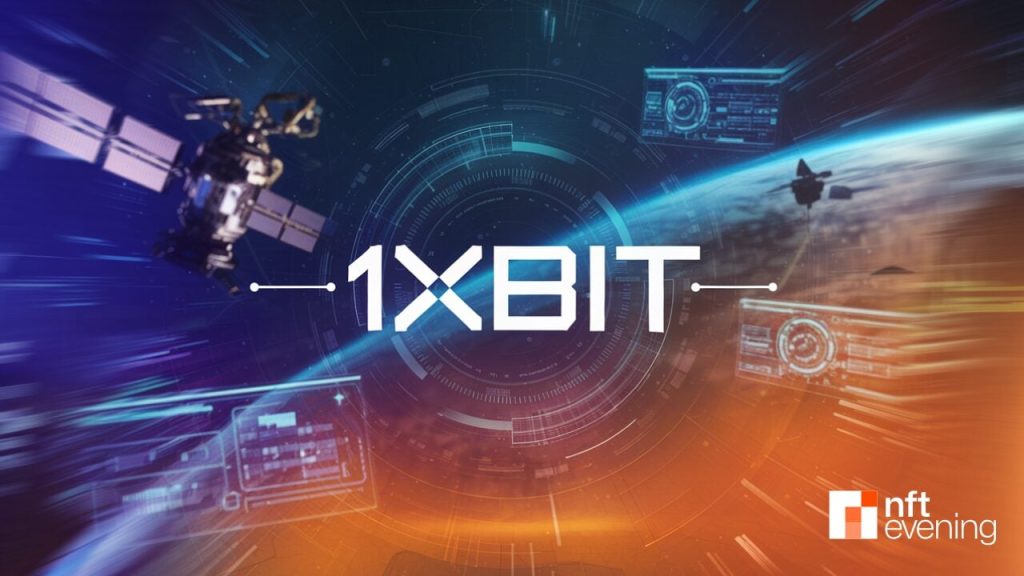Now Reading: This might be the year of the layoff — but there are ways you can survive
-
01
This might be the year of the layoff — but there are ways you can survive
This might be the year of the layoff — but there are ways you can survive

Tiffany Lashai Curtis, who had been employed as a writer at a notable personal finance website for two years, was let go in July 2024. Finding herself back in the job market, Curtis faced challenges securing new employment and resorted to seeking public assistance programs like SNAP, Medicaid, and unemployment benefits.
Expressing her struggles during the job search, Curtis shared, “Being unemployed and having to look for a job in such a tough job market has worsened my anxiety and depression that I’ve already been dealing with.” Despite eventually landing a new job, Curtis’s experience mirrored that of many Americans, where job hunts have proven to be draining, frustrating, and longer than expected.
Economic uncertainty and concerns about the impact of policies such as President Trump’s tariffs have led several major companies like Starbucks, Southwest Airlines, and Google to lay off employees. The trend extends to the federal government, with agencies like the Small Business Administration, Department of Education, and U.S. Department of Health and Human Services planning significant workforce reductions.
As the job market evolves, the rise of artificial intelligence (AI) has sparked concerns about the future of various industries and employment prospects. Experts suggest that roles susceptible to automation may be at risk, emphasizing the importance of adapting to new job opportunities involving AI management and strategy.
In the aftermath of a layoff, individuals are advised to prioritize mental health, assess financial stability, and explore options like unemployment benefits and maintaining health insurance coverage. Planning for the future, reflecting on career goals, and updating professional profiles are crucial steps during the transition period.






